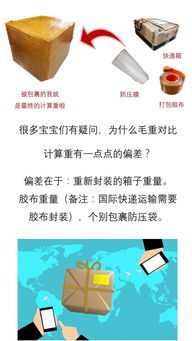
The

Fascinating World of the "Hayflick Limit"
Have you ever heard of the "Hayflick Limit"? It may sound like some obscure term from a sci-fi movie, but it's actually a fascinating concept that relates to the aging process of human cells. Let's take a closer look at what it means and why it's important.
The Hayflick Limit refers to the number of times that a cell can divide before it stops dividing and enters a state of senescence, also known as aging. The concept was first described by a scientist named Leonard Hayflick in the 1960s, who noticed that certain cells in culture would only divide a certain number of times before they stopped, regardless of their environment or conditions.
The reason for this limit is because the tips of our DNA strands, known as telomeres, shorten with each cell division. Eventually, the telomeres become too short to protect the DNA and the cell stops dividing, leading to senescence. This process is believed to be a key contributor to the aging process.
Interestingly, there are some cells in our bodies that are exempt from the Hayflick Limit. These are stem cells, which have the ability to divide indefinitely and replace damaged or dying cells. This is why stem cells are a promising area of research for regenerative medicine and treating diseases like Alzheimer's, Parkinson's, and diabetes.
In addition to the role it plays in aging and disease, the Hayflick Limit has also been linked to cancer. One of the hallmarks of cancer cells is that they have the ability to divide indefinitely, bypassing the Hayflick Limit. This is due to mutations in the genes that control cell division and the length of telomeres. By understanding the mechanisms behind the Hayflick Limit and how cancer cells evade it, researchers hope to develop new therapies to target cancer cells more specifically and effectively.
So, the Hayflick Limit may seem like a random scientific term, but it actually has far-reaching implications for our understanding of aging, disease, and cancer. Who knew that something as small as telomeres could have such a big impact on our health? Next time you look in the mirror, remember that your cells have a finite lifespan and that we still have much to learn about the mysteries of aging and longevity.
